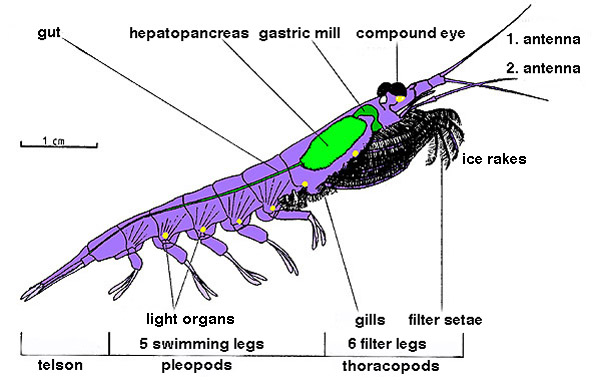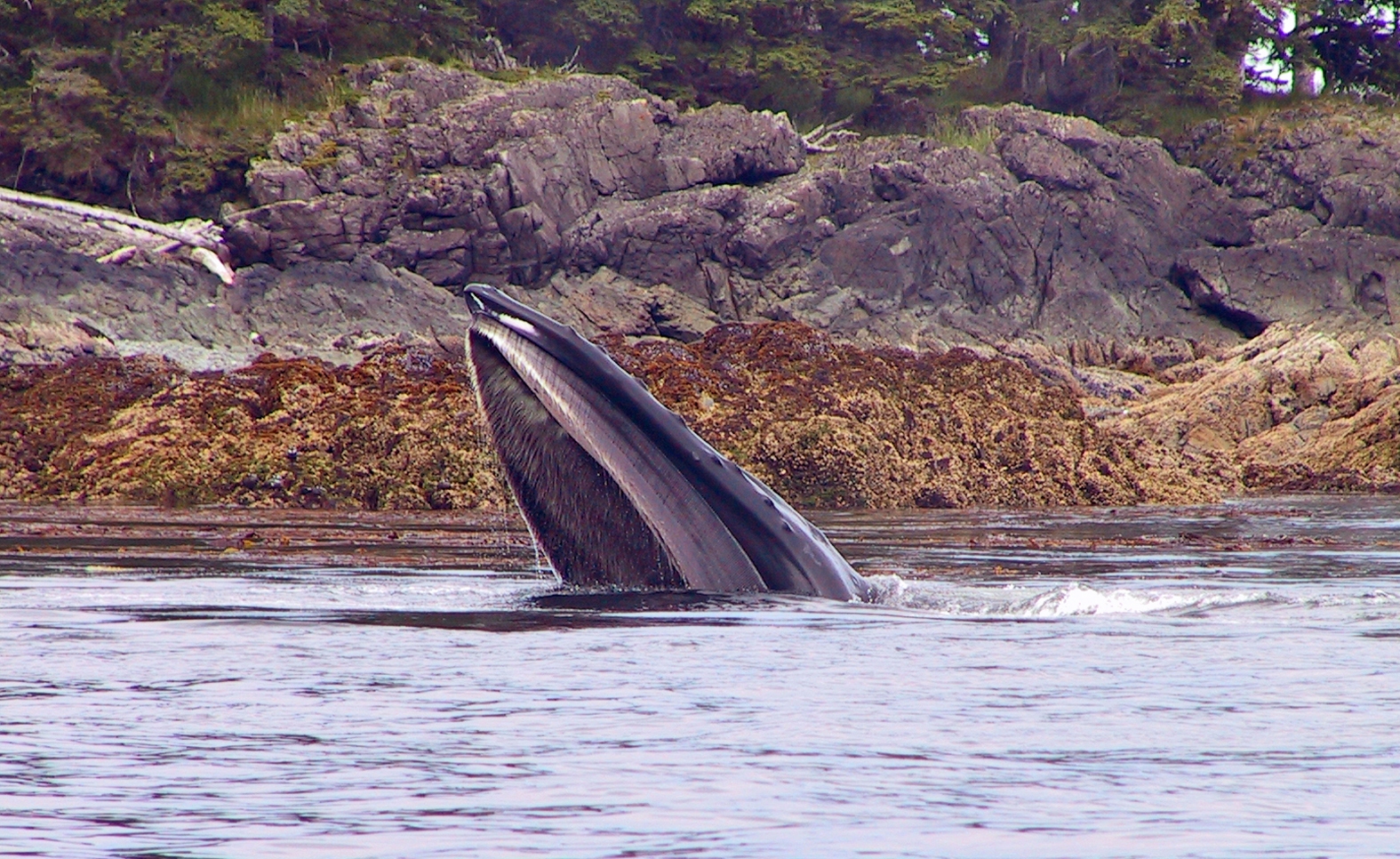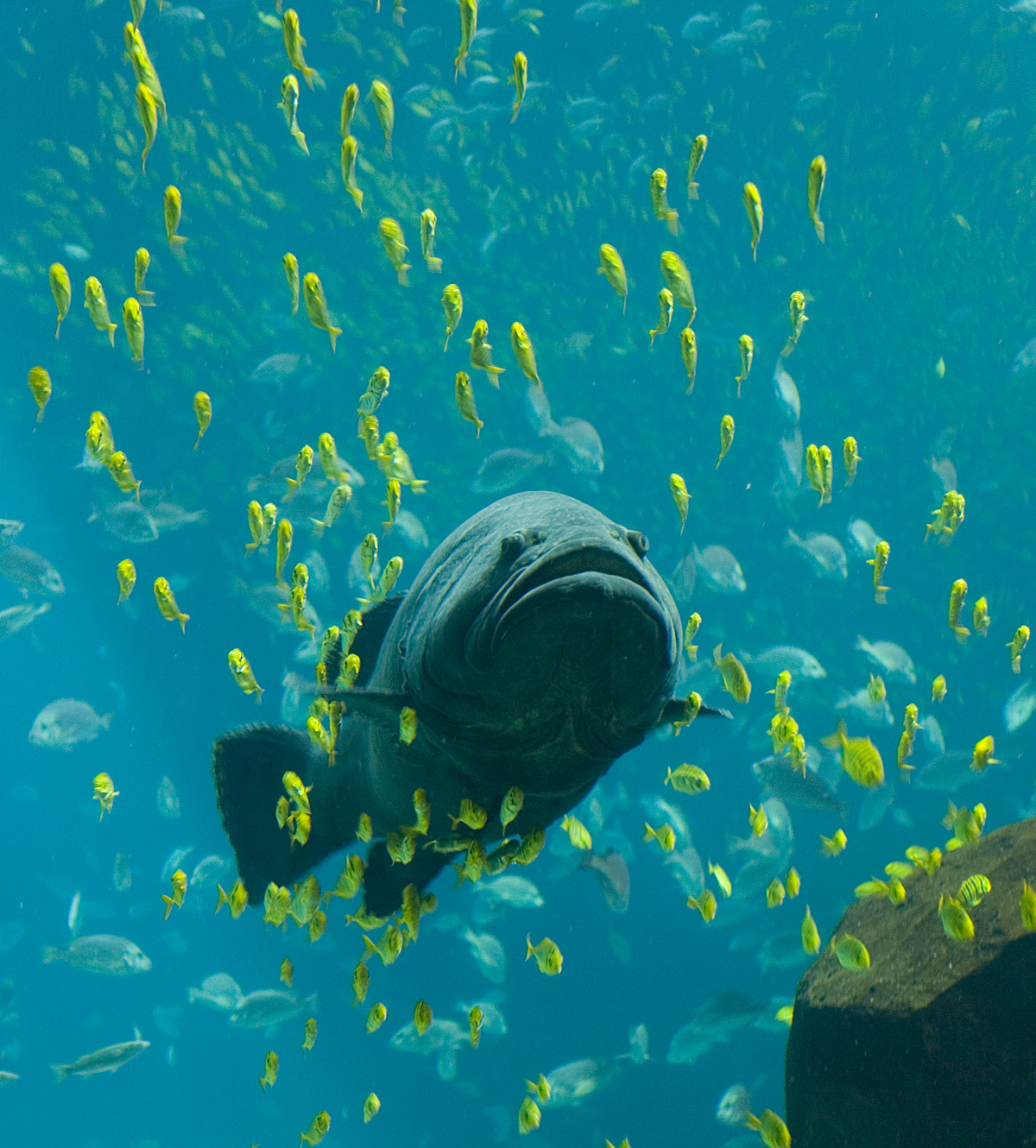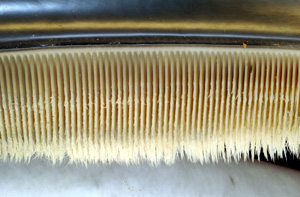|
Balaenidae - Balaenula Astensis
Balaenidae () is a family of whales of the parvorder Mysticeti that contains two living genera: the right whales (genus ''Eubalaena''), and in a separate genus, the closely related bowhead whale (genus ''Balaena''). Evolutionary history Baleen whales belong to a monophyletic lineage of Mysticeti. Mysticeti are large filter-feeding cetaceans that also include some of the largest animals on earth as well as some of the most critically endangered.''Kaliszewska, Z. A.J. SegerV. Rowntreeet al2005Population histories'' of right whales (Cetacea: Eubalaena) inferred from mitochondrial sequence diversities and divergences of their whale lice (Amphipoda: Cyamus)Molecular Ecology1434393456 Based on morphology and molecular data, four extant family-level clades are recognized within Mysticeti: Balaenidae (bowhead and right whales), Neobalaenidae (pygmy right whales), Eschirichtiidae (gray whales), and Balaenopteridae (rorquals). Phylogenetic relationships of the mysticeti order remain unc ... [...More Info...] [...Related Items...] OR: [Wikipedia] [Google] [Baidu] |
Miocene
The Miocene ( ) is the first geological epoch of the Neogene Period and extends from about (Ma). The Miocene was named by Scottish geologist Charles Lyell; the name comes from the Greek words (', "less") and (', "new") and means "less recent" because it has 18% fewer modern marine invertebrates than the Pliocene has. The Miocene is preceded by the Oligocene and is followed by the Pliocene. As Earth went from the Oligocene through the Miocene and into the Pliocene, the climate slowly cooled towards a series of ice ages. The Miocene boundaries are not marked by a single distinct global event but consist rather of regionally defined boundaries between the warmer Oligocene and the cooler Pliocene Epoch. During the Early Miocene, the Arabian Peninsula collided with Eurasia, severing the connection between the Mediterranean and Indian Ocean, and allowing a faunal interchange to occur between Eurasia and Africa, including the dispersal of proboscideans into Eurasia. During the la ... [...More Info...] [...Related Items...] OR: [Wikipedia] [Google] [Baidu] |
Parvorder
Order ( la, ordo) is one of the eight major hierarchical taxonomic ranks in Linnaean taxonomy. It is classified between family and class. In biological classification, the order is a taxonomic rank used in the classification of organisms and recognized by the nomenclature codes. An immediately higher rank, superorder, is sometimes added directly above order, with suborder directly beneath order. An order can also be defined as a group of related families. What does and does not belong to each order is determined by a taxonomist, as is whether a particular order should be recognized at all. Often there is no exact agreement, with different taxonomists each taking a different position. There are no hard rules that a taxonomist needs to follow in describing or recognizing an order. Some taxa are accepted almost universally, while others are recognized only rarely. The name of an order is usually written with a capital letter. For some groups of organisms, their orders may follow ... [...More Info...] [...Related Items...] OR: [Wikipedia] [Google] [Baidu] |
Johns Hopkins University Press
The Johns Hopkins University Press (also referred to as JHU Press or JHUP) is the publishing division of Johns Hopkins University. It was founded in 1878 and is the oldest continuously running university press in the United States. The press publishes books and journals, and operates other divisions including fulfillment and electronic databases. Its headquarters are in Charles Village, Baltimore. In 2017, after the retirement of Kathleen Keane who is credited with modernizing JHU Press for the digital age, the university appointed new director Barbara Pope. Overview Daniel Coit Gilman, the first president of the Johns Hopkins University, inaugurated the press in 1878. The press began as the university's Publication Agency, publishing the '' American Journal of Mathematics'' in its first year and the '' American Chemical Journal'' in its second. It published its first book, ''Sidney Lanier: A Memorial Tribute'', in 1881 to honor the poet who was one of the university's first wri ... [...More Info...] [...Related Items...] OR: [Wikipedia] [Google] [Baidu] |
Convergent Evolution
Convergent evolution is the independent evolution of similar features in species of different periods or epochs in time. Convergent evolution creates analogous structures that have similar form or function but were not present in the last common ancestor of those groups. The cladistic term for the same phenomenon is homoplasy. The recurrent evolution of flight is a classic example, as flying insects, birds, pterosaurs, and bats have independently evolved the useful capacity of flight. Functionally similar features that have arisen through convergent evolution are ''analogous'', whereas ''homologous'' structures or traits have a common origin but can have dissimilar functions. Bird, bat, and pterosaur wings are analogous structures, but their forelimbs are homologous, sharing an ancestral state despite serving different functions. The opposite of convergence is divergent evolution, where related species evolve different traits. Convergent evolution is similar to paralle ... [...More Info...] [...Related Items...] OR: [Wikipedia] [Google] [Baidu] |
Flamingo
Flamingos or flamingoes are a type of wading bird in the family Phoenicopteridae, which is the only extant family in the order Phoenicopteriformes. There are four flamingo species distributed throughout the Americas (including the Caribbean), and two species native to Afro-Eurasia. A group of flamingoes is called a "flamboyance." Etymology The name ''flamingo'' comes from Portuguese or Spanish ("flame-colored"), which in turn comes from Provençal – a combination of ("flame") and a Germanic-like suffix ''-ing''. The word may also have been influenced by the Spanish ethnonym ("Fleming" or "Flemish"). The name of the genus, ''Phoenicopterus'', is from the Greek , ); other genera names include ''Phoeniconaias,'' which means "crimson/red water nymph (or naiad)", and ''Phoenicoparrus,'' which means "crimson/red bird (though, an unknown bird of omen)". Taxonomy and systematics The family Phoenicopteridae was introduced by the French zoologist Charles Lucien Bonaparte ... [...More Info...] [...Related Items...] OR: [Wikipedia] [Google] [Baidu] |
Krill
Krill are small crustaceans of the order Euphausiacea, and are found in all the world's oceans. The name "krill" comes from the Norwegian word ', meaning "small fry of fish", which is also often attributed to species of fish. Krill are considered an important trophic level connection – near the bottom of the food chain. They feed on phytoplankton and (to a lesser extent) zooplankton, yet also are the main source of food for many larger animals. In the Southern Ocean, one species, the Antarctic krill, ''Euphausia superba'', makes up an estimated biomass of around 379,000,000 tonnes, making it among the species with the largest total biomass. Over half of this biomass is eaten by whales, seals, penguins, seabirds, squid, and fish each year. Most krill species display large daily vertical migrations, thus providing food for predators near the surface at night and in deeper waters during the day. Krill are fished commercially in the Southern Ocean and in the waters around Japa ... [...More Info...] [...Related Items...] OR: [Wikipedia] [Google] [Baidu] |
Copepod
Copepods (; meaning "oar-feet") are a group of small crustaceans found in nearly every freshwater and saltwater habitat. Some species are planktonic (inhabiting sea waters), some are benthic (living on the ocean floor), a number of species have parasitic phases, and some continental species may live in limnoterrestrial habitats and other wet terrestrial places, such as swamps, under leaf fall in wet forests, bogs, springs, ephemeral ponds, and puddles, damp moss, or water-filled recesses (phytotelmata) of plants such as bromeliads and pitcher plants. Many live underground in marine and freshwater caves, sinkholes, or stream beds. Copepods are sometimes used as biodiversity indicators. As with other crustaceans, copepods have a larval form. For copepods, the egg hatches into a nauplius form, with a head and a tail but no true thorax or abdomen. The larva molts several times until it resembles the adult and then, after more molts, achieves adult development. The nauplius form is so ... [...More Info...] [...Related Items...] OR: [Wikipedia] [Google] [Baidu] |
Crustacean
Crustaceans (Crustacea, ) form a large, diverse arthropod taxon which includes such animals as decapods, seed shrimp, branchiopods, fish lice, krill, remipedes, isopods, barnacles, copepods, amphipods and mantis shrimp. The crustacean group can be treated as a subphylum under the clade Mandibulata. It is now well accepted that the hexapods emerged deep in the Crustacean group, with the completed group referred to as Pancrustacea. Some crustaceans ( Remipedia, Cephalocarida, Branchiopoda) are more closely related to insects and the other hexapods than they are to certain other crustaceans. The 67,000 described species range in size from '' Stygotantulus stocki'' at , to the Japanese spider crab with a leg span of up to and a mass of . Like other arthropods, crustaceans have an exoskeleton, which they moult to grow. They are distinguished from other groups of arthropods, such as insects, myriapods and chelicerates, by the possession of biramous (two-parted) l ... [...More Info...] [...Related Items...] OR: [Wikipedia] [Google] [Baidu] |
Gray Whale
The gray whale (''Eschrichtius robustus''), also known as the grey whale,Britannica Micro.: v. IV, p. 693. gray back whale, Pacific gray whale, Korean gray whale, or California gray whale, is a baleen whale that migrates between feeding and breeding grounds yearly. It reaches a length of , a weight of up to and lives between 55 and 70 years, although one female was estimated to be 75–80 years of age. The common name of the whale comes from the gray patches and white mottling on its dark skin. Gray whales were once called devil fish because of their fighting behavior when hunted. The gray whale is the sole living species in the genus ''Eschrichtius''. It was formerly thought to be the sole living genus in the family Eschrichtiidae, but more recent evidence classifies members of that family in the family Balaenopteridae. This mammal is descended from filter-feeding whales that appeared during the Neogene. The gray whale is distributed in an eastern North Pacific (North Am ... [...More Info...] [...Related Items...] OR: [Wikipedia] [Google] [Baidu] |
Rorqual
Rorquals () are the largest group of baleen whales, which comprise the family Balaenopteridae, containing ten extant species in three genera. They include the largest animal that has ever lived, the blue whale, which can reach , and the fin whale, which reaches ; even the smallest of the group, the northern minke whale, reaches . Rorquals take their name from French , which derives from the Norwegian word : the first element originated from the Old Norse name for this type of whale, , probably related to the Norse word for "red", and the second from the Norse word ''hvalr'' meaning "whale" in general. The family name Balaenopteridae is from the type genus, '' Balaenoptera''. Characteristics All members of the family have a series of longitudinal folds of skin running from below the mouth back to the navel (except the sei whale and common minke whale, which have shorter grooves). These furrows allow the mouth to expand immensely when feeding, "permitting them to engo ... [...More Info...] [...Related Items...] OR: [Wikipedia] [Google] [Baidu] |
Ram Feeding
Aquatic feeding mechanisms face a special difficulty as compared to feeding on land, because the density of water is about the same as that of the prey, so the prey tends to be pushed away when the mouth is closed. This problem was first identified by Robert McNeill Alexander. As a result, underwater predators, especially bony fish, have evolved a number of specialized feeding mechanisms, such as filter feeding, ram feeding, suction feeding, protrusion, and pivot feeding. Most underwater predators combine more than one of these basic principles. For example, a typical generalized predator, such as the cod, combines suction with some amount of protrusion and pivot feeding. Suction feeding Suction feeding is a method of ingesting a prey item in fluids by sucking the prey into the predator's mouth. It is a highly coordinated behavior achieved by the dorsal rotation of the dermatocranium, lateral expansion of the suspensorium, and the depression of the lower jaw and hyoid. Suct ... [...More Info...] [...Related Items...] OR: [Wikipedia] [Google] [Baidu] |
Baleen
Baleen is a filter-feeding system inside the mouths of baleen whales. To use baleen, the whale first opens its mouth underwater to take in water. The whale then pushes the water out, and animals such as krill are filtered by the baleen and remain as a food source for the whale. Baleen is similar to bristles and consists of keratin, the same substance found in human fingernails, skin and hair. Baleen is a skin derivative. Some whales, such as the bowhead whale, have longer baleen than others. Other whales, such as the gray whale, only use one side of their baleen. These baleen bristles are arranged in plates across the upper jaw of whales. Depending on the species, a baleen plate can be long, and weigh up to . Its hairy fringes are called baleen hair or whalebone hair. They are also called baleen bristles, which in sei whales are highly calcified, with calcification functioning to increase their stiffness. Baleen plates are broader at the gumline (base). The plates have b ... [...More Info...] [...Related Items...] OR: [Wikipedia] [Google] [Baidu] |


-_Breeding_plumage_W2_IMG_8770.jpg)






